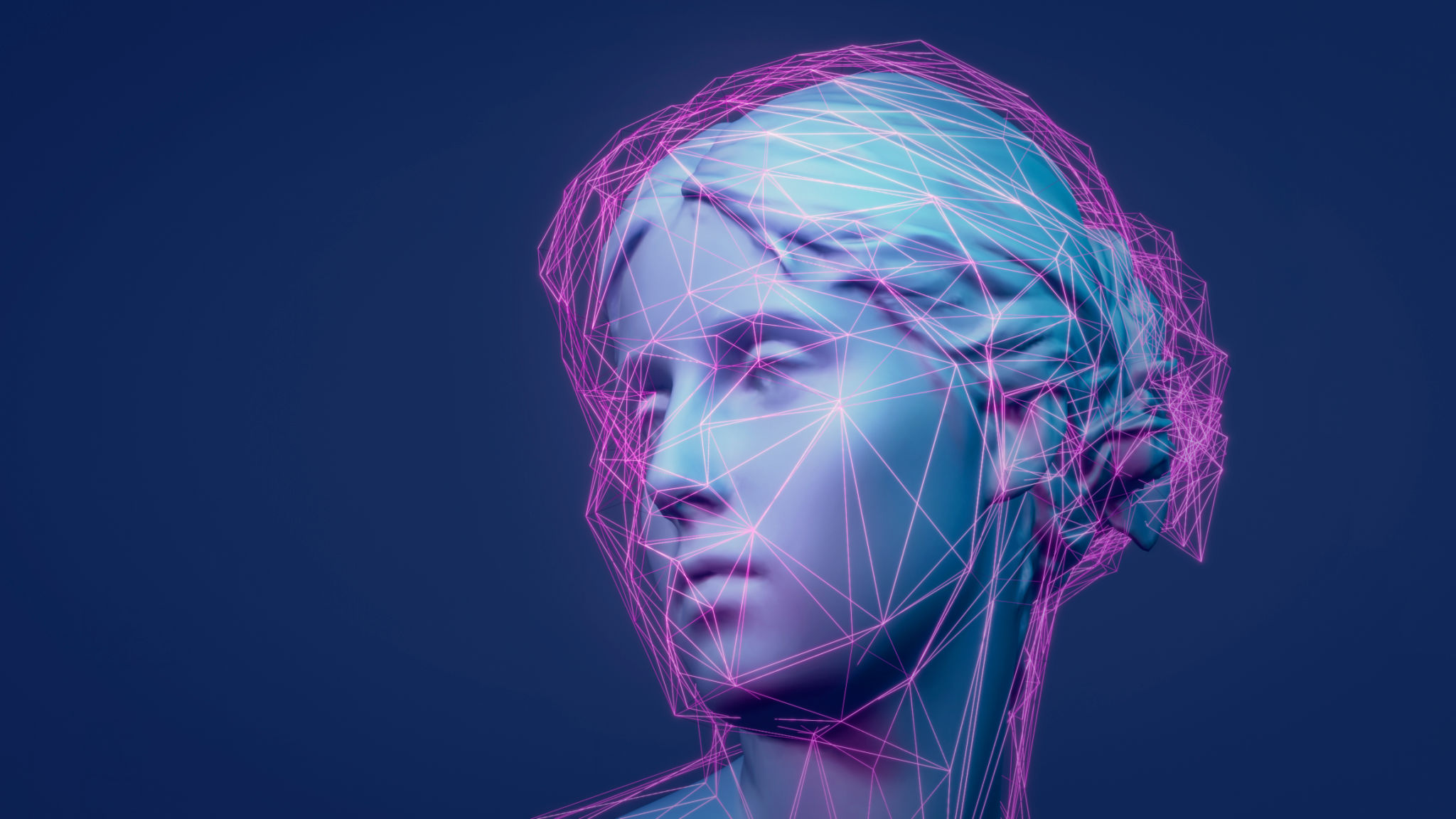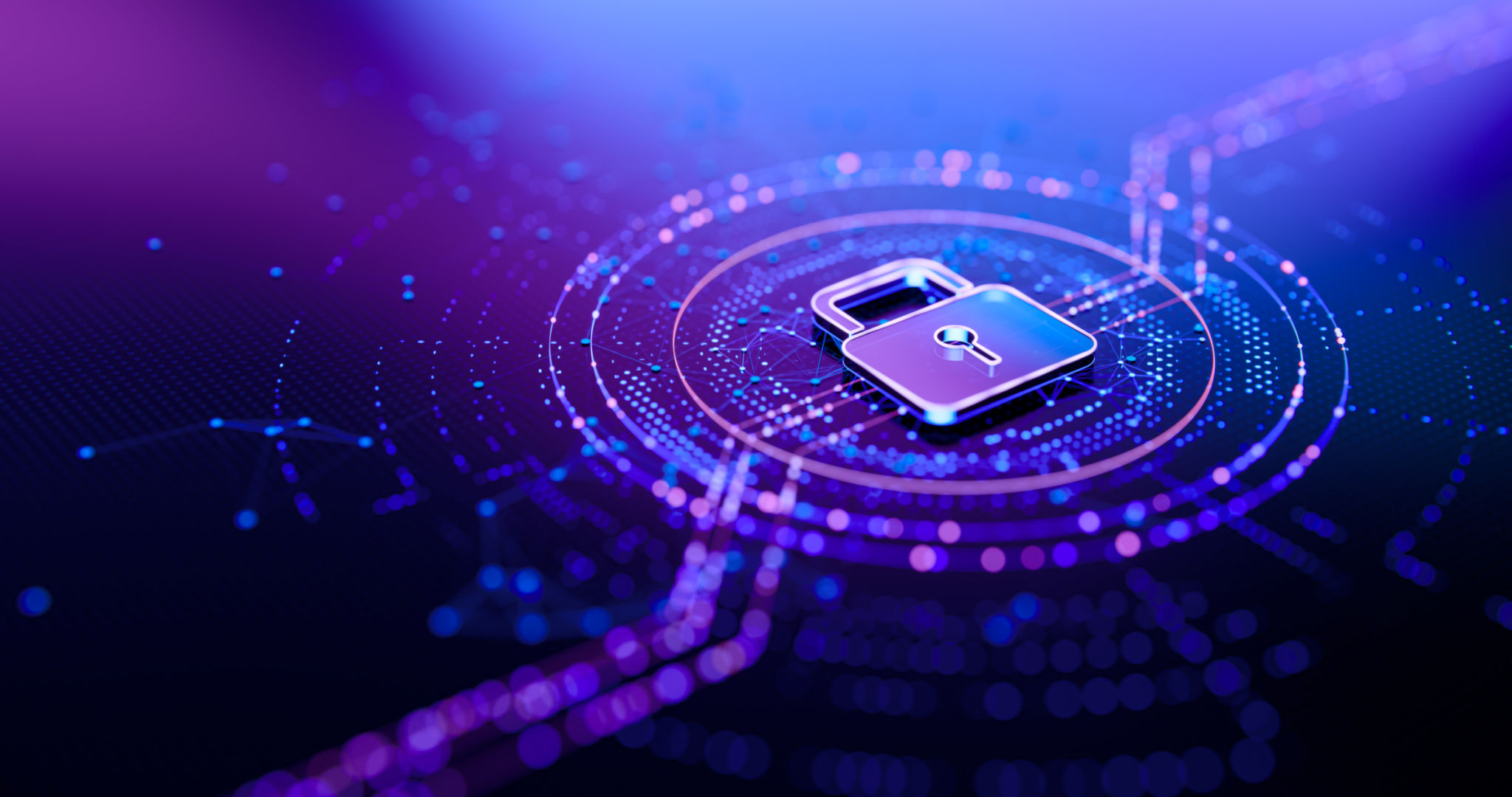The Role of AI in Shaping the Future of Web3 Applications
UR
Introduction to Web3 and AI
As the digital landscape evolves, the integration of Web3 and artificial intelligence (AI) is increasingly becoming a focal point for innovation. Web3, often referred to as the "decentralized web," is aimed at creating a more open, transparent, and user-centric internet. AI, with its ability to process vast amounts of data and learn from it, plays a crucial role in enhancing the capabilities of Web3 applications.
The synergy between AI and Web3 is not only reshaping how these applications are developed but also how users interact with them. By leveraging AI, developers can create smarter, more efficient, and secure decentralized applications (dApps) that offer personalized experiences to users.

Enhancing User Experience
One of the primary benefits of integrating AI into Web3 applications is the potential to significantly enhance user experience. AI algorithms can analyze user behavior and preferences to offer tailored content and services. This personalization ensures that users are presented with relevant information, making their interaction with dApps more engaging and efficient.
Moreover, AI-powered chatbots and virtual assistants in Web3 can provide real-time support and guidance, addressing user queries instantly. This level of responsiveness is crucial in creating a seamless and intuitive user experience.

Improving Security and Privacy
Security and privacy are top priorities in the development of Web3 applications. AI can play a pivotal role in identifying vulnerabilities and threats by continuously monitoring transactions and network activities. Machine learning models can detect unusual patterns that may indicate fraudulent activities or cyberattacks, allowing for timely interventions.
In addition to threat detection, AI can also enhance privacy by enabling advanced encryption techniques and ensuring data integrity. By anonymizing data and employing decentralized identity systems, AI helps in maintaining user privacy while still allowing for necessary data processing.

Facilitating Interoperability
Interoperability is a key challenge in the Web3 ecosystem, as it involves various blockchain networks working together harmoniously. AI can facilitate interoperability by predicting compatibility issues and suggesting optimal solutions for cross-chain interactions. This ensures that different dApps can communicate effectively, offering users a cohesive experience across platforms.
By automating these processes, AI reduces the complexity involved in maintaining interoperability, allowing developers to focus on enhancing application features rather than resolving compatibility issues.
Streamlining Development Processes
The integration of AI in Web3 not only benefits end-users but also developers. AI tools can automate repetitive tasks such as code optimization, bug detection, and testing, significantly speeding up the development process. This allows developers to allocate more time and resources to innovation and feature enhancement.
Furthermore, AI-driven analytics provide developers with insights into application performance and user engagement, enabling them to make data-driven decisions for future improvements.
The Future of AI in Web3
As both AI and Web3 technologies continue to evolve, their convergence will likely lead to more groundbreaking innovations. The potential applications are vast—from creating intelligent smart contracts that self-execute under specific conditions to developing decentralized autonomous organizations (DAOs) that operate without human intervention.
Ultimately, the role of AI in shaping the future of Web3 applications is not just about improving existing systems but also paving the way for entirely new paradigms in how we interact with digital platforms. As this relationship deepens, we can expect a more secure, efficient, and personalized digital ecosystem.

